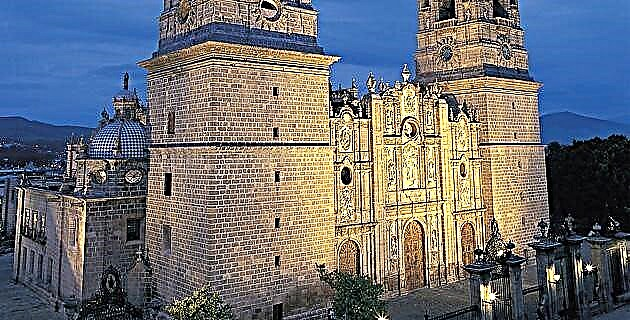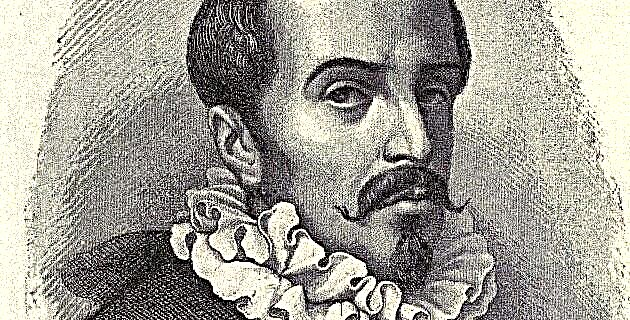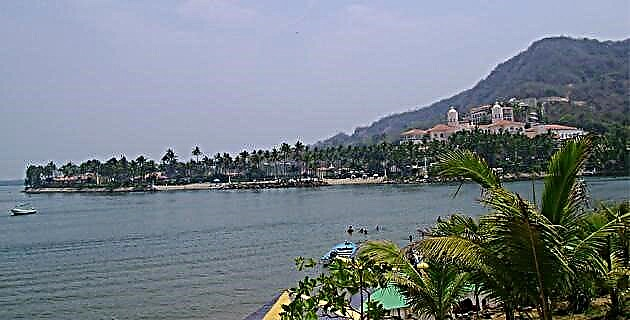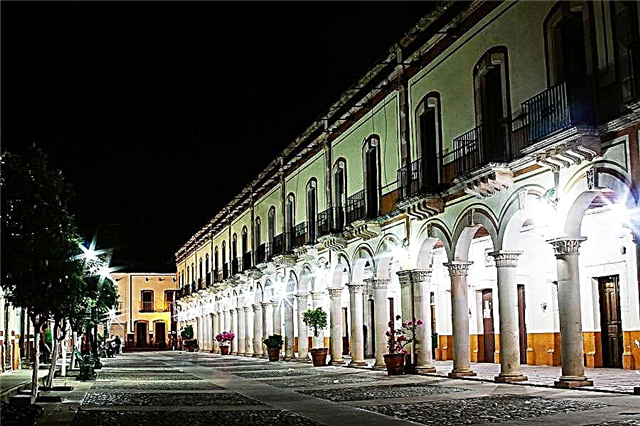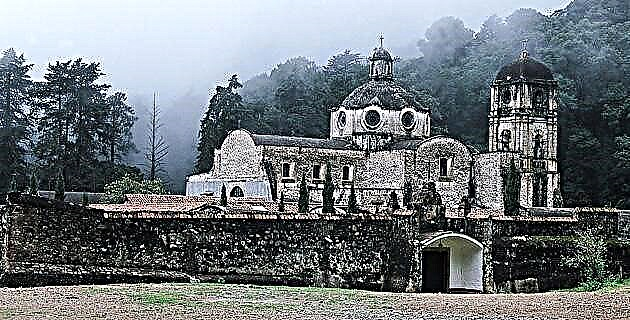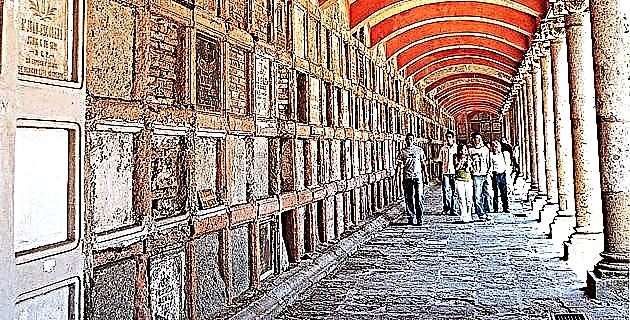
The constant incursions of the Spanish conqueror Don Nuño Beltrán de Guzmán towards the western lands of the country, in order to increase his dominion and power over those territories, resulted in the establishment of a new province that was called the Kingdom of New Galicia.
The region was inhabited by various indigenous groups, who continually ravaged the settlements that the Spanish had founded in it. The lieutenant of Nuño de Guzmán, Captain Juan B. de Oñate received orders to pacify those provinces and to found the Villa de Guadalajara in the place called Nochistlán, a fact that he consummated on January 5, 1532. In view of the frequent indigenous attacks on the city he had to move a year later to Tonalá and later to Tlacotlán. A third transfer was made to settle the town in the Atemajac Valley, where the city was definitively founded on February 14, 1542 with the presence of Cristóbal de Oñate as governor of New Galicia and Don Antonio de Mendoza, then viceroy of New Spain, who appointed Miguel de Ibarra mayor and lieutenant governor.
The city developed rapidly and began to compete with that of Compostela (today Tepic), which was then the seat of religious and civil powers, so that the inhabitants of Guadalajara exerted such pressure on the Audiencia authorities, that the king Felipe II decided to issue a Certificate dated May 10, 1560 to move from Compostela to Guadalajara, the Cathedral, the Royal Court and the Treasury officials.
The urban structure was planned according to that of the other colonial cities, so its layout was developed in the form of a chessboard from what was the San Fernando square. Later the neighborhoods of Mexicaltzingo and Analco were established by Fray Antonio de Segovia, and the neighborhood of Mezquitán, one of the oldest. The town hall houses were also built, in front of the current temple of San Agustín and the first parish church where the Palace of Justice is located.
Today, the magnificent city, prolific in colonial buildings, exhibits a good number of relevant architectural examples, such as its Cathedral, a must-see site, built between 1561 and 1618 by the architect Martín Casillas. His style has been classified as incipient baroque. Its solid structure rises in front of the today Plaza de Guadalajara, with its curious towers that, although they do not belong to the original style of the building, are currently recognized as a symbol of the capital of Guadalajara. The primitive towers were destroyed in the 19th century by an earthquake, which is why the ones it has today were added. The interior of the temple is in a semi-Gothic style, including its vaults that are made of lace.
Other religious precincts from the 16th century are the San Francisco convent, established in 1542 near the river, in the Analco neighborhood, and almost totally destroyed in the Reformation. Its temple, renovated at the end of the 17th century, with its baroque façade of modest Solomonic lines, is preserved. The convent of San Agustín, was founded in 1573 by Royal Ordinance of Felipe II and currently preserves its temple with its facade of severe Herrerian lines and its interior with ribbed vaults.
Santa María de Gracia, another of the conventual foundations, was occupied by Dominican nuns from Puebla, built in 1590 in front of the Plaza de San Agustín and paid for by Hernán Gómez de la Peña. The construction came to occupy six blocks, although today only its temple persists, with a neoclassical facade from the second half of the 18th century.

